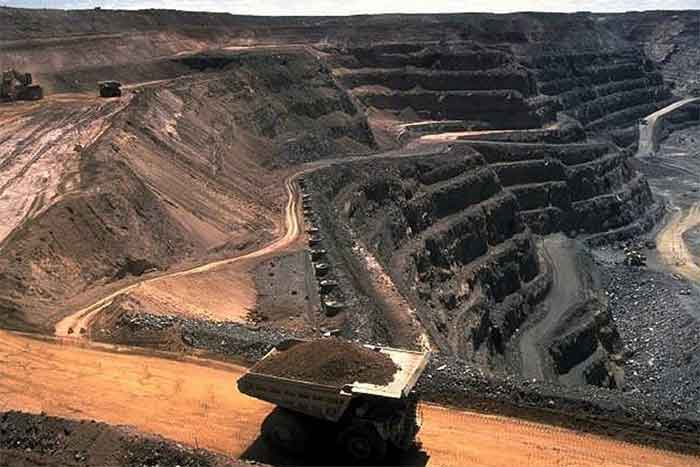 While the United States, along with its allies, left Afghanistan in August 2021 in spectacularly humiliating circumstances, the departure was never entirely complete, nor bound to be permanent. Since then, Washington has led the charge in handicapping those who, with a fraction of the resources, defeated a superpower and prevailed in two decades of conflict. In recent months, Afghanistan has again piqued the interest of eager strategists drawing their salaries from the US government and assorted thinktanks. Such interest has nothing at all to do with the good citizenry of the Taliban-controlled state, be it the welfare of women or purported links to terrorist groups. They concern the presence of lithium reserves in the Chapa Dara district of Kunar province and, almost inevitably, a fear that the People’s Republic of China might muscle in. In 2010, a US Department of Defense memorandum valued the extent of Afghanistan’s mineral wealth as between $1 trillion and $3 trillion. The Post also seems troubled by another fact: that the Taliban have woken up to the value of lithium, and its vital role in the manufacture of Electric Vehicles (EVs) and battery storage. (How dare they?)
While the United States, along with its allies, left Afghanistan in August 2021 in spectacularly humiliating circumstances, the departure was never entirely complete, nor bound to be permanent. Since then, Washington has led the charge in handicapping those who, with a fraction of the resources, defeated a superpower and prevailed in two decades of conflict. In recent months, Afghanistan has again piqued the interest of eager strategists drawing their salaries from the US government and assorted thinktanks. Such interest has nothing at all to do with the good citizenry of the Taliban-controlled state, be it the welfare of women or purported links to terrorist groups. They concern the presence of lithium reserves in the Chapa Dara district of Kunar province and, almost inevitably, a fear that the People’s Republic of China might muscle in. In 2010, a US Department of Defense memorandum valued the extent of Afghanistan’s mineral wealth as between $1 trillion and $3 trillion. The Post also seems troubled by another fact: that the Taliban have woken up to the value of lithium, and its vital role in the manufacture of Electric Vehicles (EVs) and battery storage. (How dare they?)
The Afghanistan Lithium Great Game

While the United States, along with its allies, left Afghanistan in August 2021 in spectacularly humiliating circumstances, the departure was never entirely complete, nor bound to be permanent. Since then, Washington has led the charge in handicapping those who, with a fraction of the resources, defeated a superpower and prevailed in two decades of conflict.…
Written by
Binoy Kampmark
–
–
Originally Published in
